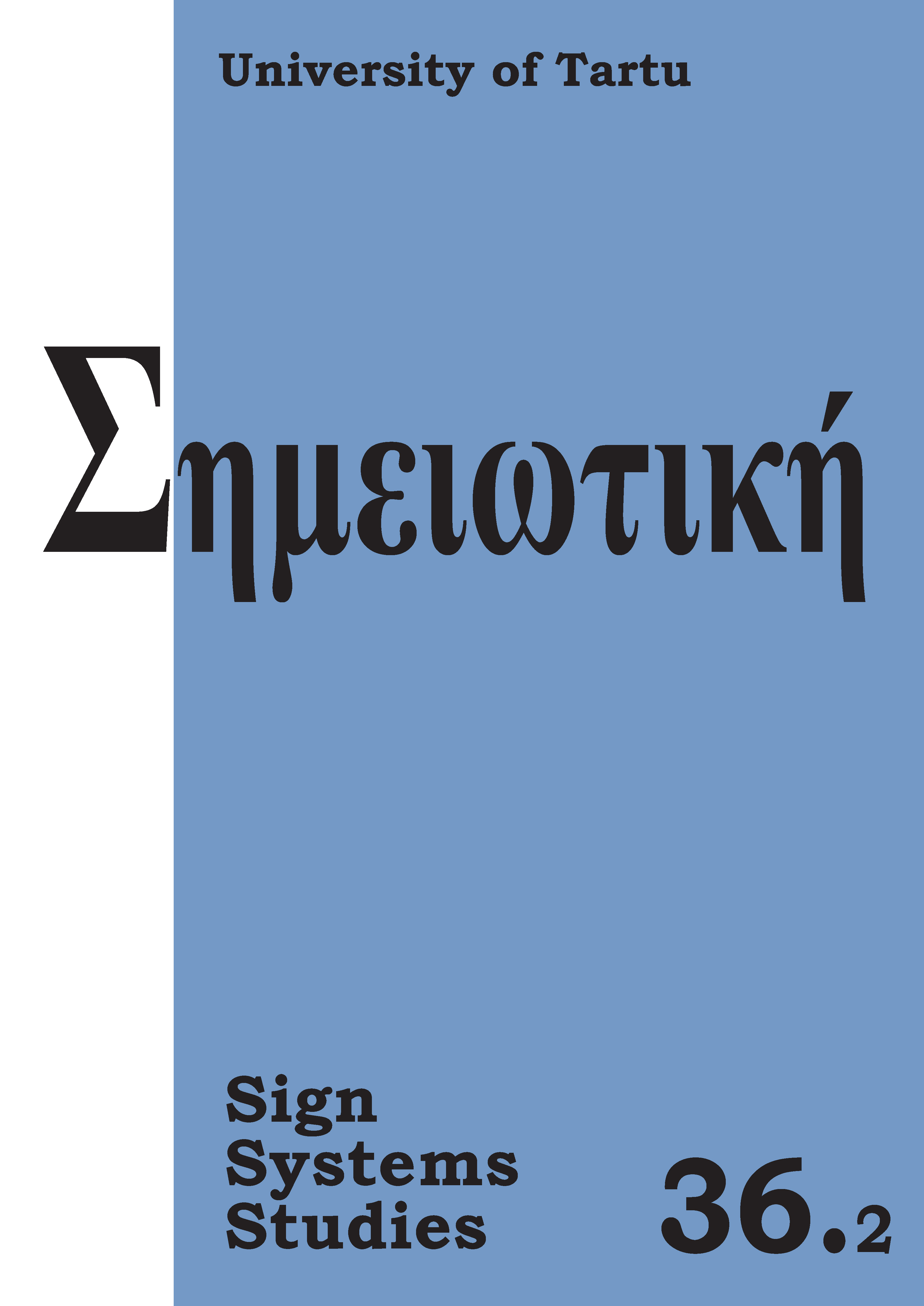Semiospheric transitions: A key to modelling translation
DOI:
https://doi.org/10.12697/SSS.2008.36.2.02Abstract
Lotman’s contribution to semiotic theory, anthroposemiotics, the study of artistic texts and defining the relationship between language and culture represent some of the most powerful work produced within the Tartu–Moscow School of Semiotics. The importance of translation is one of the central principles that unites all of Lotman’s work. In the following paper, we will consider Lotman’s definition of translatability in the context of (1) the definition of semiospheric internal and external boundaries and the importance of crossing these boundaries, (2) the role of no fewer than two languages as a minimal unit of semiotic meaning-generation, (3) culture text-level generation of collective memory, and (4) the ever-present tension in the communication act. In our concluding section, we will offer an extended model of the communication act, based on the fundamental principles given in Jakobson, Sebeok and Lotman, in order to specify important moments of the translation process.


